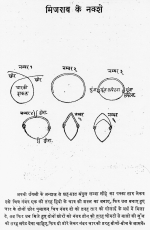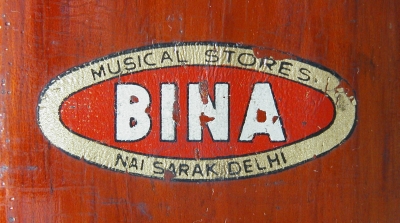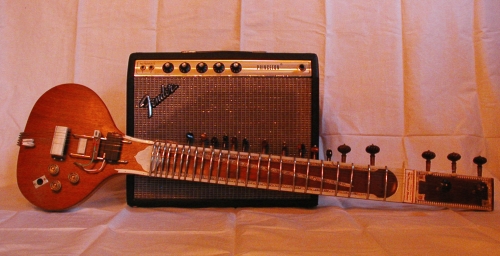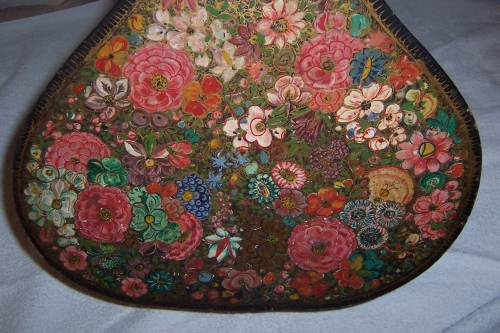This flower sitar belonging to Thierry Willame is on a visit.
We want to change it into a playable instrument.
Survival Kit
How to make a mizrab, the translation
Here is the translation of “how to make mizrab” section taken from an old “teach yourself sitar” manual.
Or, try this alternative animated demonstration .
Restoration of old Bina Musicals sitar
Basic sitar tuning
I added a basic sitar tuning chart to the maintenance page…
I hope it helps some motivated beginners to start the journey.
Pierre Narcisse
During the nigth of February 13 Pierre Narcisse suffered a severe brainhemorrhage. He’ll have a very long rehabilitation and may not be capable to ever play the tablas again.
More info here (pdf).
How to make a Mizrab … in one minute
Here is my ” how to make mizrab ” ( .wmv, 683kB ) instructions, which I’ve learned from Hari Chand.
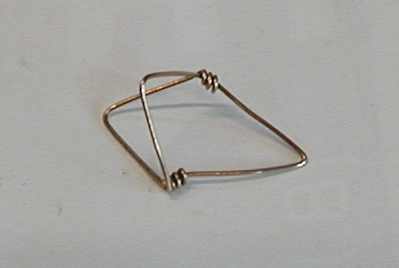
And, the last step 7 = “Mizrab stretch out” can be done like this:
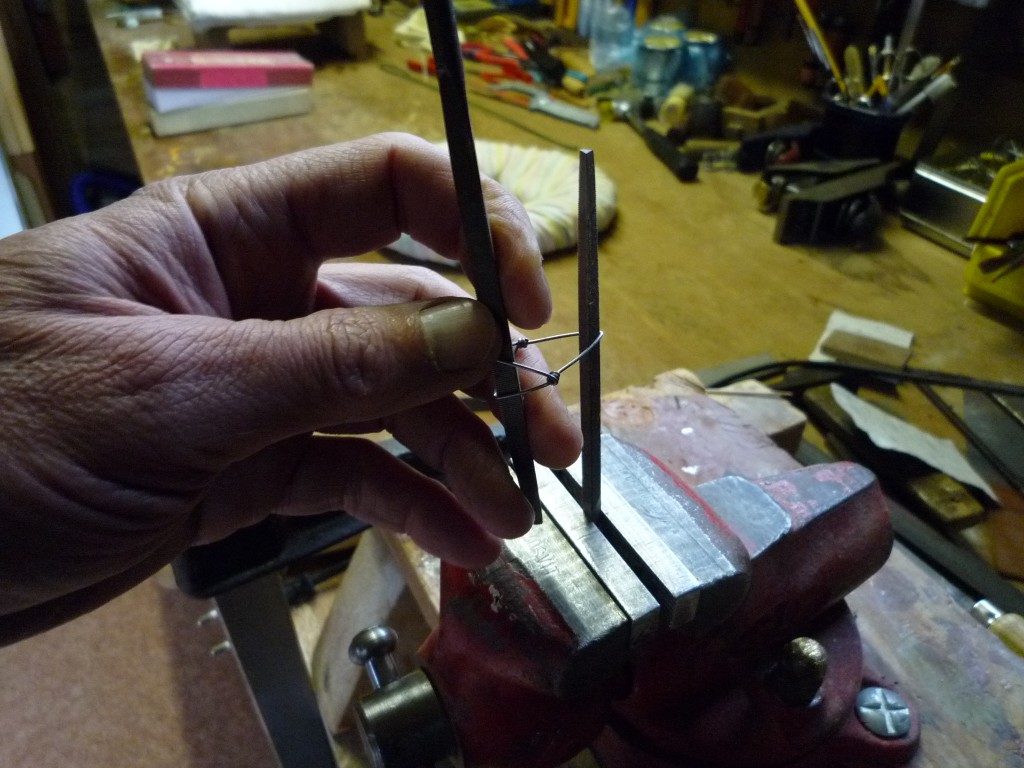
If you can read Hindi, please find some more details here. 🙂
The Solid Body Sitar
Otzenrath Xiquexique
You have to see more … chez Débloque-notes.
Flower Sitar
Sitar belonging to Thierry Willame, nicely decorated with painted flowers. But can it be used to play?




